treasure from the turquoise sea and beyond
As hurricane Dean bears down on the Caribbean, I am just finishing a project that started quite a while ago when a man requested a paper on St. Lucian Creole that was written here at SIUC for Dr. Glenn Gilbert, who retired here a few years ago, and who ran the Journal of Pidgin and Creole Languages. I looked for the paper, and finally dug it up on the Wayback Archive (http://www.archive.org/web/web.php) which is a wonderful resource for web history. The best I could figure, the paper went to Ohio State with the JPCL and its files around 2001, then dropped from sight along with a number of other things, around 2005. SIUC had purged its files, as inactive, around 2003; we did nothing about it, because we considered them part of JPCL, not knowing that some other things were on there. At the time the man asked me for the paper, I did a quick search for JPCL and found nothing (maybe I had transposed the letters? spelled something wrong?), before moving on to another project; I was quite busy, but at least I had found a version of the paper for the man who had asked for it.It disturbed me, though, and also awakened something in me: I had researched a similar Arawak language, in fact, the entire Arawak family, in graduate school, and this Creole had traces of it; furthermore, work on a small but important language, that was clearly valuable (to two guys, including me, at least), shouldn't be allowed to just disappear like that. My quick and faulty search, though, I don't remember well. JPCL in fact had not disappeared; it's still at Ohio State, and it's not even hard to find, if you get its name right. Not knowing this a month ago, however, I returned to those files, and restored several graduate papers, on languages as diverse as Tok Pisin (Papua New Guinea), Shelta/Gammon (British Isles), Mauritian Creole, and Old Bulgarian. When I was done, I finished an index page, but this time decided to link to some other JPCL material, and in that process found the new JPCL site, which then made me worried about what I was doing with respect to the copyright of the material, and the images on the restored index page.
I concluded, though, that since they were papers that were done here, and published here, it was ok to bring them back here, and make them available, as opposed to leaving them in the archive, where even Google presumably won't find them. The material is valuable, and the fact is that I was about the only person who knew how to find it. It's true that JPCL owns the logo and the name, I'm sure, but I wrote that on the page; because it was part of the page, I kept the images as part of the restoration. I stopped there, at the graduate papers, though. Indexes of JPCLs, abstracts, editorial pages, and creole articles, all of which had been made public at one point, here on our now-defunct ling website, are still buried in the archive, where they will remain until or unless somebody at JPCL chooses to dredge them out. I linked to them, because I think somebody someday will want them- but, after all, most of that stuff is available through the archiving methods used with any print publication. Such material, unlike the papers, isn't really "lost"- it's just "print only," which is similar.
Now that I've unearthed this treasure, what I'd really like to do is read it, in fact, all of it. But unfortunately, school has started again; I teach 18 intensive hours a week; and I must move on, with no time for any more of this, and no patience for explaining a coder's reasoning. I'd like to say, though, that I've come to know an old friend, Caro Jacques, through her code; she put all of this here, and more; whether she did it just as part of a job, or her machine did it and put her signature in it, I wouldn't know, but I credit her with the original work, and I left her name in there, though I changed some of her details. It's really about the languages themselves, and the samples of them, that are on the papers; and, in a sense, I feel like I've taken them as part of a chain, that went back through her hands and through the hands of the authors, some of whom I also knew or know. Information seeks to be free; it surfaces, it makes itself available. This weblog may have the door to it for a while, until I figure out how to connect the main pages to it. But, nevertheless, there it is. I'd like to restore the St. Lucian flag and some other details, but the more of that I do, the less the pages actually belong to Caro and their original authors. I restored the images I could find, but that only amounted to about half of them. I figured that flags, maps and tourist pictures can still be found by anyone who is looking for them, but the language itself that appeared on the pages, or at least these authors' representations of them, these takes on them, would be lost, if I weren't there to prevent it. Yar!











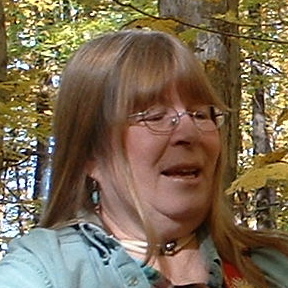




















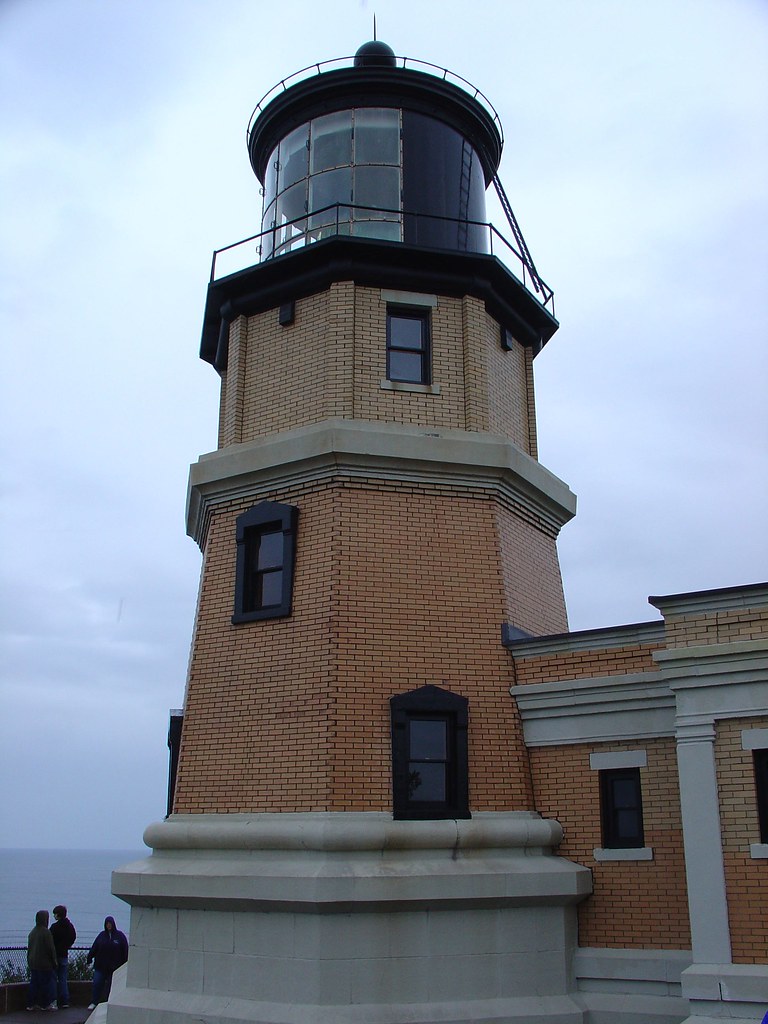












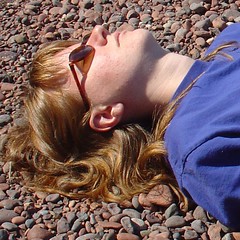
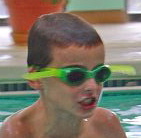

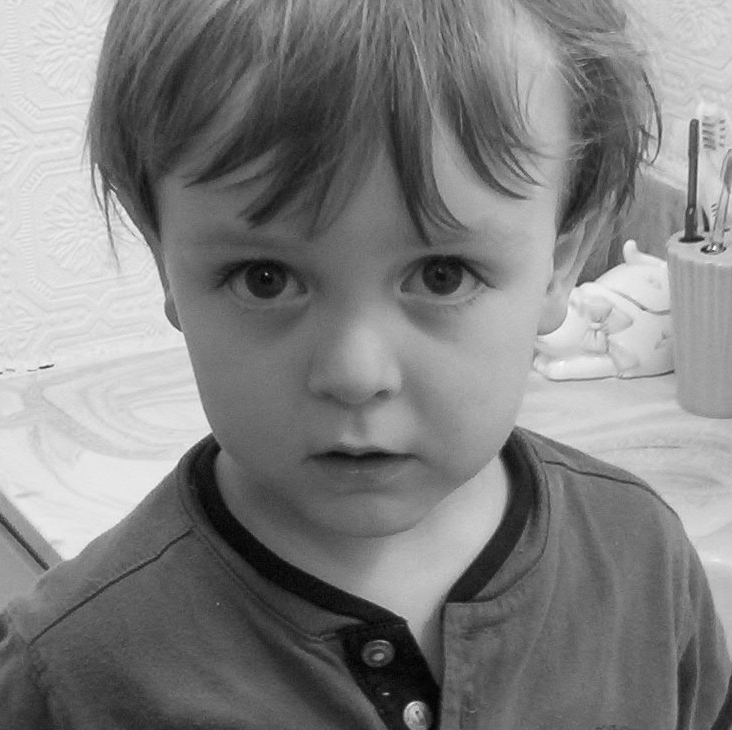
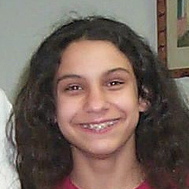





0 Comments:
Post a Comment
<< Home